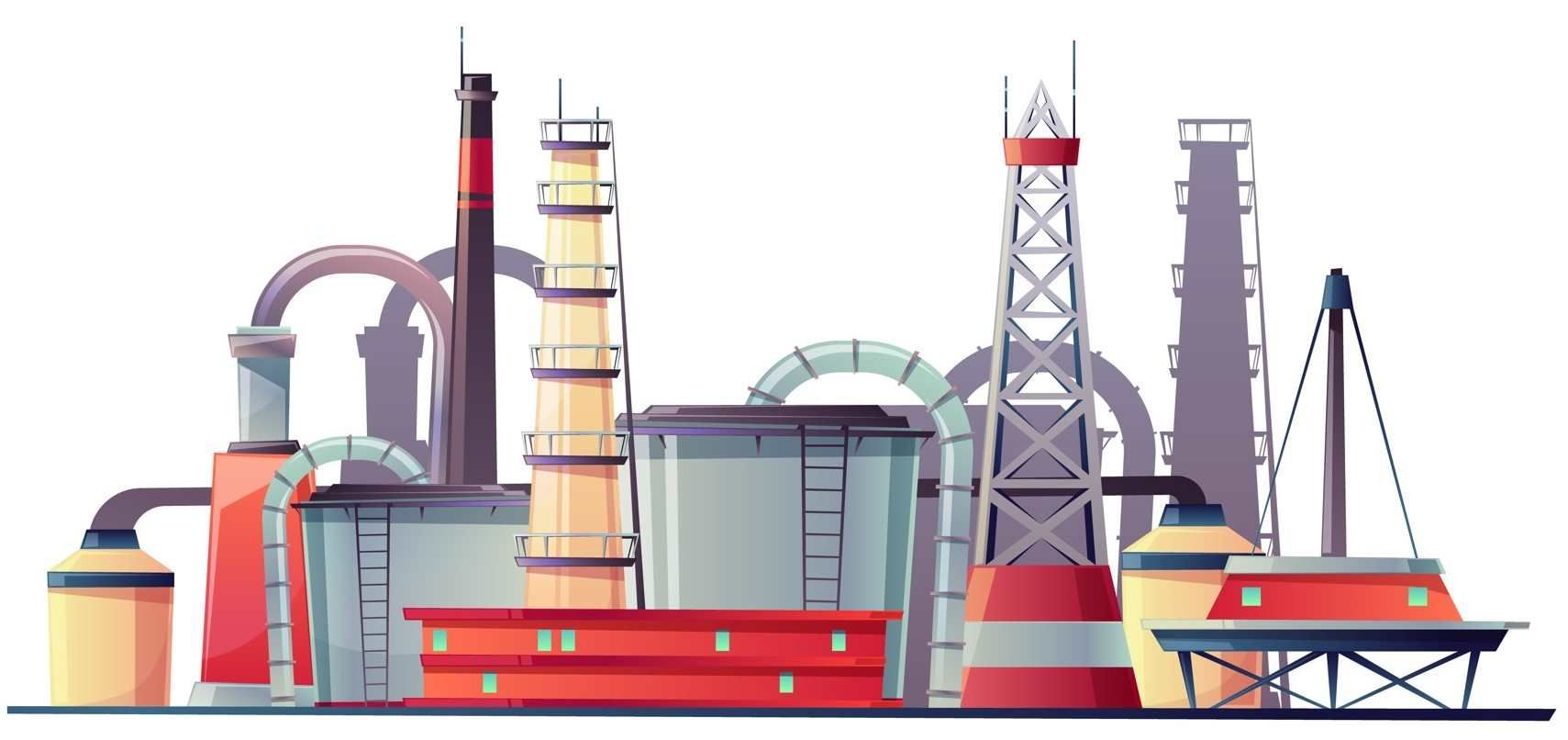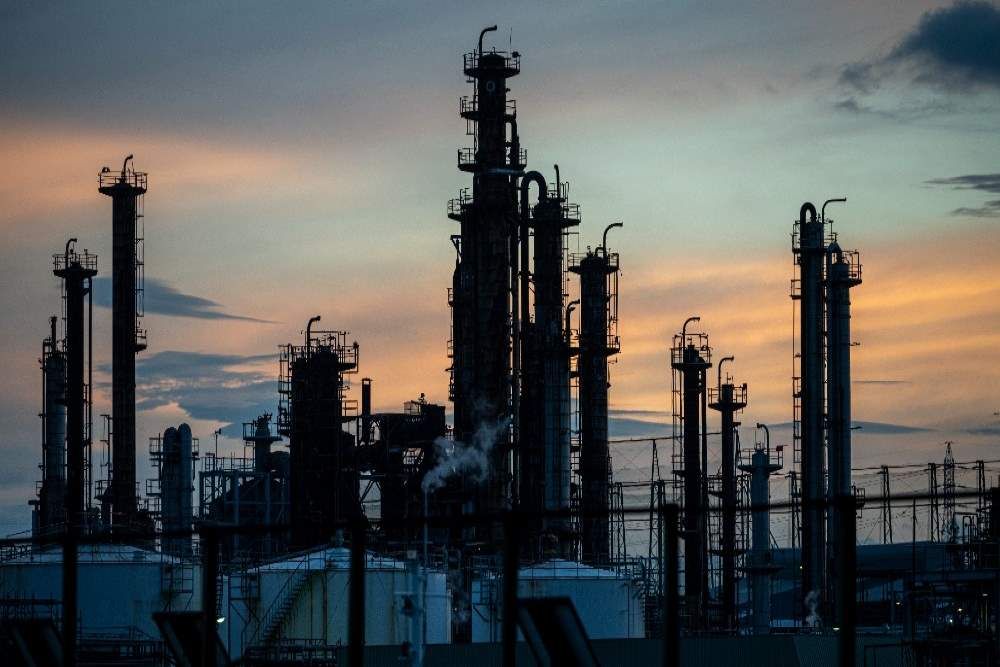The chemical industry stands at a pivotal crossroads as it heads into 2025. After navigating the challenges and triumphs of the previous few years, many chemical businesses are eager to understand what lies ahead. With evolving regulations, fluctuating raw materials prices, and rising demand for sustainable practices, the landscape is shifting rapidly. Now more than ever, companies must adapt to stay competitive in this dynamic sector.
But how did the chemical industry handle last year and what strategies can it employ to thrive in the coming months?
How the Chemical Industry Managed 2024
In 2024, the chemical industry faced numerous challenges, yet many companies emerged resilient as the supply chain disruptions from previous years continued to fade.
“Since the COVID-19 pandemic began in 2020, the chemical industry has had to navigate turbulent market conditions,” states a recent analysis on the health of the chemical sector by industry consultants at Deloitte. “The pandemic led to weak demand, reduced production, and lower revenues in 2020. This was followed by a strong rebound in chemical production and revenues from 2021 to 2022, as demand rose, and fear of supply chain issues led to higher levels of inventory stocking. But by late 2022, supply chain issues began to wane, key end markets began destocking, and demand for chemicals declined. By the end of 2023, revenues decreased 8% year on year, operating margins fell to their lowest level since the Great Recession (2007 to 2009), and returns on capital dropped back to pre-pandemic levels. These dynamics highlighted a need for greater resilience spurring cost reduction programs. While these cost-reduction programs are still rolling out, margins began to rise in the first half of 2024.”

Key to these successes was continued innovation in both products and processes, as well as maintaining the ability to adapt to changing markets through rapid diversification of raw material sourcing.
The other mainstays towards chemical industry profitability were innovation, particularly those chemical companies which invested heavily in research and development to create more sustainable industrial feedstock options. Digitization also played a crucial role in streamlining operations, where chemical businesses were able to leverage advanced technologies like AI and data analytics, to become more efficient.
How the Chemical Industry will Handle 2025
The chemical industry is now gearing up for the challenges of 2025, with sustainability likely to take centre stage as chemical companies strive to reduce their carbon footprints. In response, innovations in green chemistry and eco-friendly processes are set to reshape traditional practices.
As raw materials become scarcer, businesses must adapt by securing diverse industrial feedstock sources, as collaborations with suppliers can enhance resilience and ensure stability in production.
A further unknown factor is the start of the incoming Trump administration which has promised to reignite trade wars as well as make radical changes to how the EPA classifies industrial chemicals and how chemical safety regulations are crafted and enforced.

According to a report published by Bloomberg Law, “Those changes will occur faster than during the first Trump administration, due to experience implementing the 2016 Toxic Substances Control Act amendments that changed the nation’s primary commercial chemicals law.”
Despite these unknowns, the chemical sector is anticipated to maintain its moderate expansion throughout 2025. According to the American Chemistry Council (ACC) global chemical production is predicted to grow by 3.5% in 2025, with further expansion predicted over the following years.
Related articles: Europe’s Chemical Industry Challenge and Plan or 9 Chemical Industry Factors to Watch in 2024
“While the chemical logistics sector has not fully rebounded to pre-pandemic levels, demand is expected to grow considerably over the next decade,” notes the Deloitte report. “To capitalize on this growth, companies likely need to enhance the flexibility and agility of their supply chains by leveraging digital technologies and strategic partnerships. The benefits of these measures would span all chemical company categories, strengthening their ability to weather future disruptions or shifts in geographical supply and demand fundamentals.”
What Chemical Businesses Can do to Succeed in the Year Ahead?
Success for chemical companies over the next year will mean relying on several key initiatives, many of which will already have been started.
· Staying Informed in Market Trends: Chemical companies should keep an eye on raw materials pricing and availability, as fluctuations could impact profitability. Building strong relationships with suppliers can ensure timely access to essential industrial feedstock.
· Adapting to Regulatory Changes: The increasing focus on sustainability means that compliance with new regulations may require adjustments in operations or product offerings.
· Continued Utilization of Data Analytics: This will help chemical companies understand consumer preferences better while enhancing operational capabilities.
· Decentralization and Diversification: The dangers of centralised supply chains have been brought to light by the pandemic. In order to increase their resilience to future disruptions, businesses are now concentrating on decentralising activities and diversifying their supplier base.
· Agile Reaction to Global Events: Supply chains, commodity pricing, trade flows, and plant competitiveness will all be impacted by geopolitical and climate threats. Future success for chemical companies will depend on continued investment in supply chain visibility and optimisation.
· Collaborative planning: Collaborative planning with suppliers and consumers can improve supply chain performance by promoting transparency and alignment, and lowering uncertainty.
Reflecting on the journey of the chemical industry throughout 2024, it becomes evident that the sector has navigated a complex landscape of challenges and opportunities.

Moving into 2025, companies must strategically pivot towards greener practices and investing in research and development to create more sustainable products. The global push towards sustainability, alongside regulatory pressures and evolving consumer preferences, has compelled companies to innovate while adhering to stricter environmental standards.
By optimizing supply chains, the chemical sector is poised to not only streamline production but also create high-margin specialty chemicals, catering to a diverse range of industries eager for cutting-edge solutions. This focus on efficiency and product differentiation will undoubtedly position the chemical industry as a significant driver of global economic growth. And hopefully a wealthier and healthier future for everyone.
Photo credit: Freepik, Vectorpouch, Freepik, & User6702303